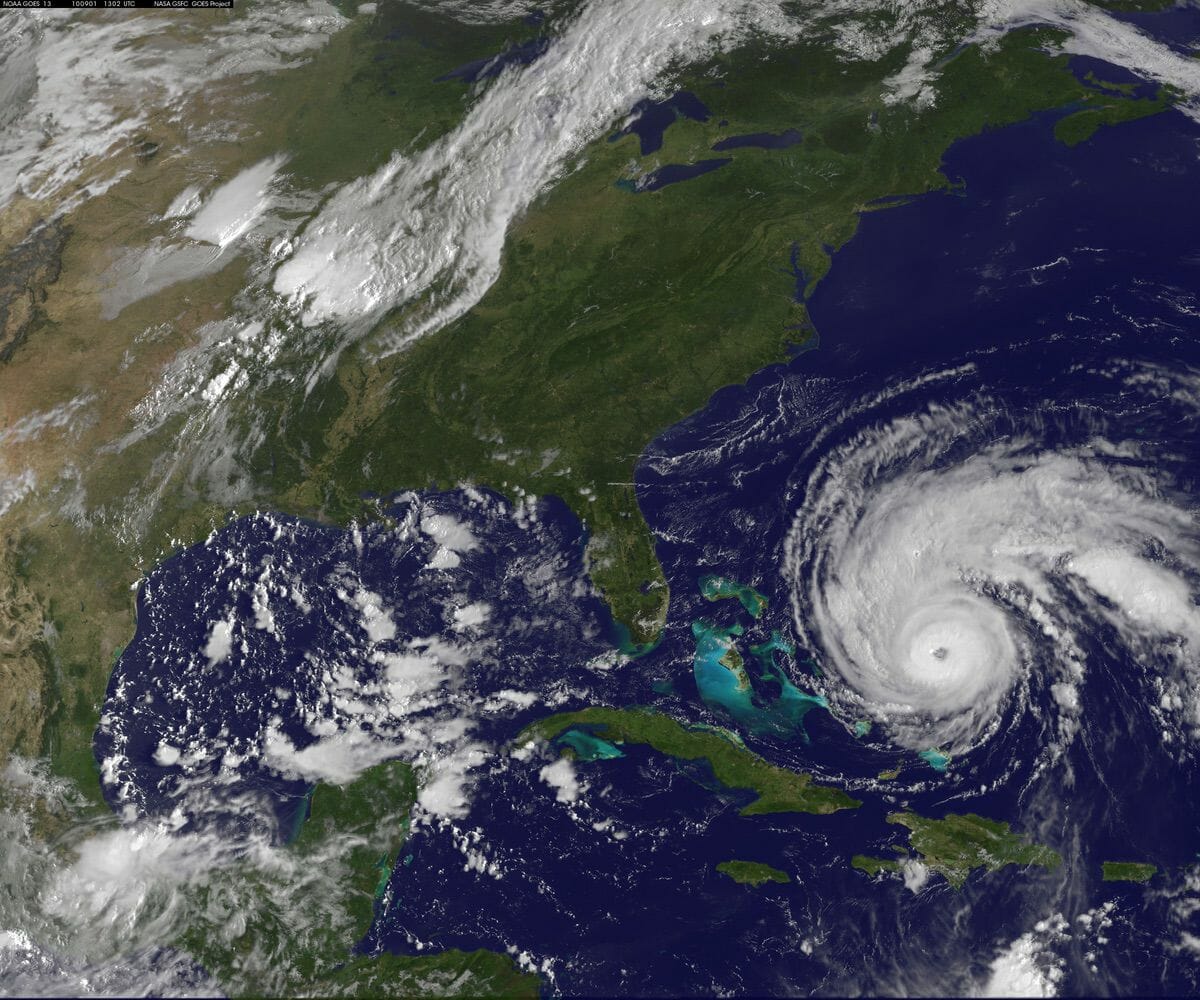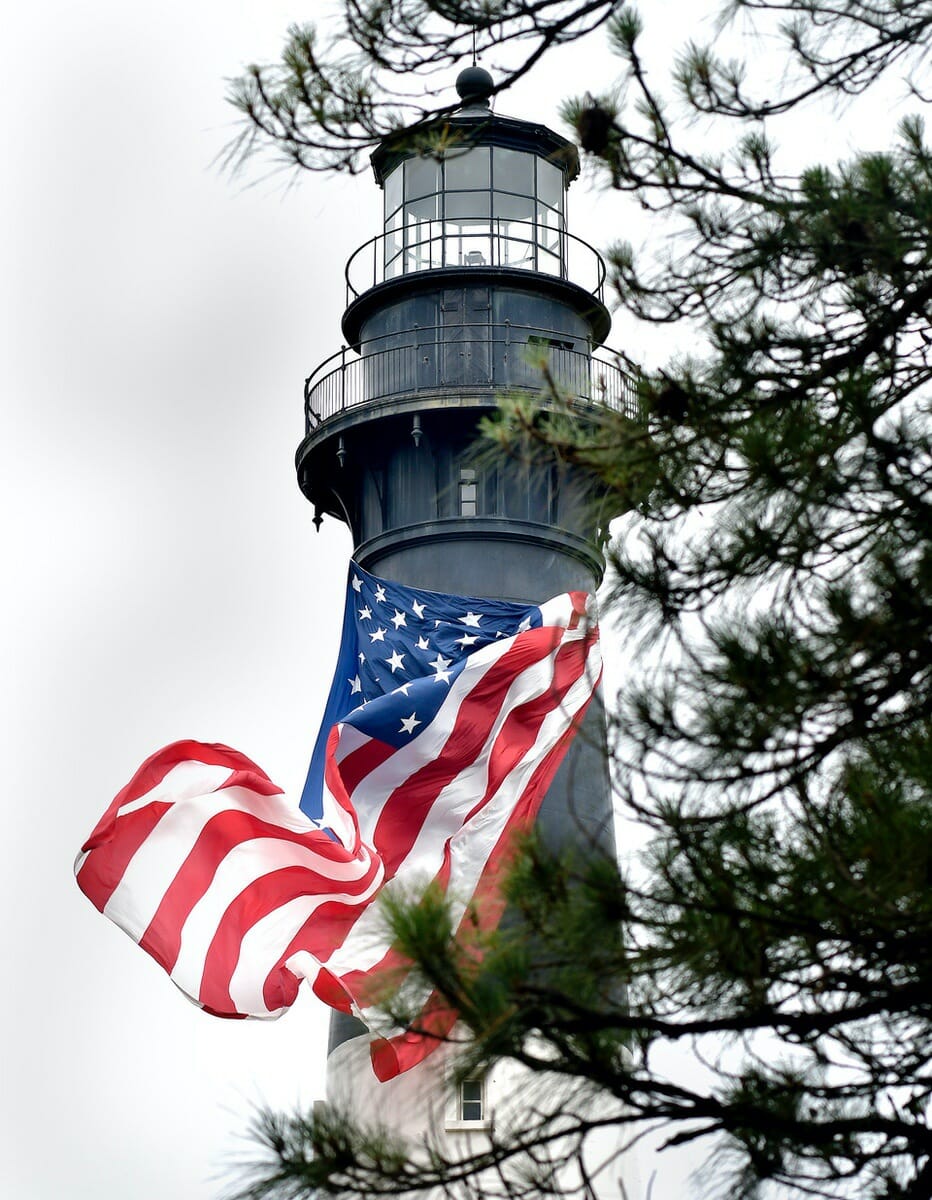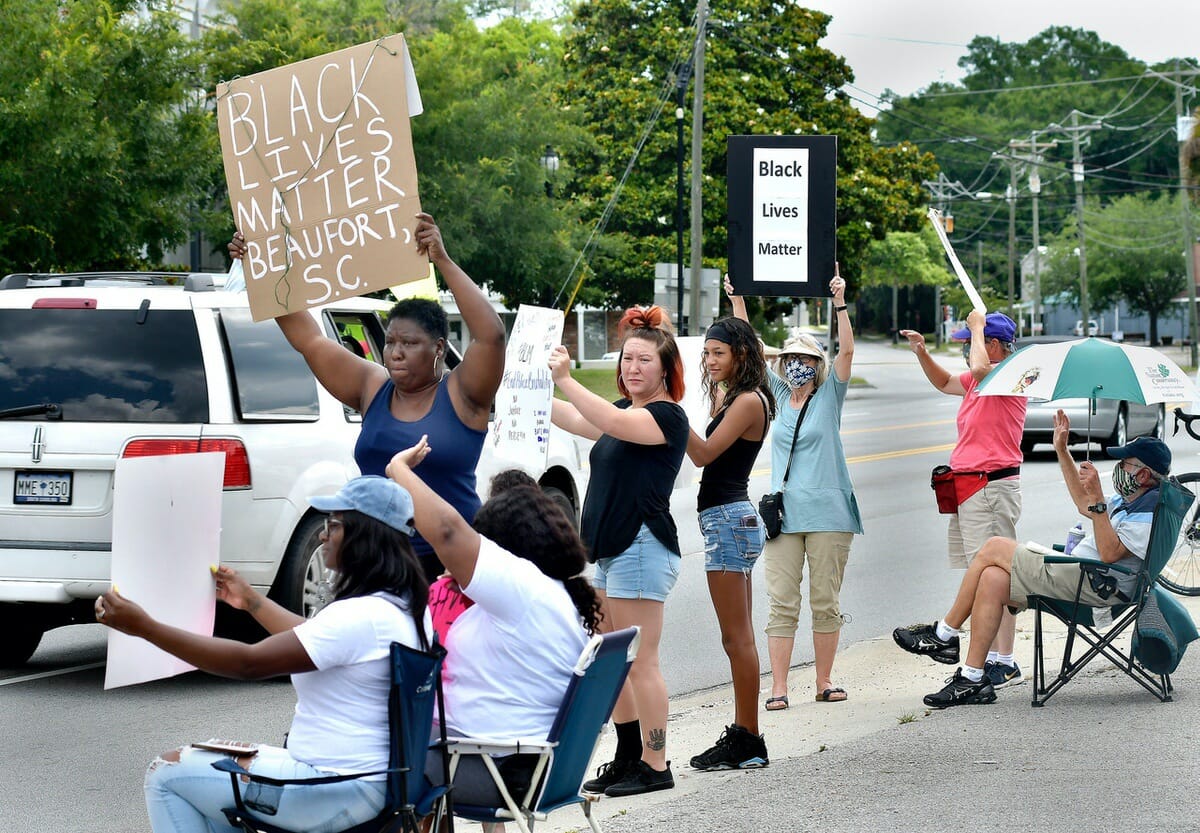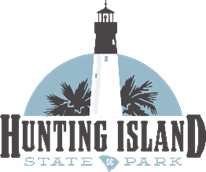Being prepared makes things easier whether you stay or go
From staff reports
It’s that time again.
The Atlantic hurricane season begins June 1 and runs through Nov. 30.
Here are some things to remember for Lowcountry residents. Remember the Boy Scouts motto – Be prepared.
Survival Kit
If you plan to stay during a hurricane, be prepared by having enough food, water and other supplies to survive up to 72 hours. Here’s a brief checklist:
• Water (rule of thumb is one gallon per person per day for drinking and sanitation)
• Food (at least a three-day supply of non-perishable food)
• Battery-powered or hand-crank radio; NOAA Weather Radio
• Flashlight
• First-aid kit
• Extra batteries
• Whistle (to signal for help)
• Plastic sheeting and duct tape
• Moist towelettes, garbage bags and plastic ties (for personal sanitation)
• Wrench or pliers (to turn off utilities)
• Manual can opener (if needed for food)
• Cell phone with chargers and a backup battery
Maintaining your kit:
Keep canned food in a cool, dry place. Store boxed food in tightly closed plastic or metal containers. Replace expired items as needed.
Additional Needs
Consider adding the following items to your emergency supply kit based on your individual needs:
• Prescription medications
• Non-prescription medications such as pain relievers, anti-diarrhea medication, antacids or laxatives
• Prescription eyeglasses and contact lens solution
• Infant formula, bottles, diapers, wipes and diaper rash cream
• Pet food and extra water for your pet
• Sleeping bag or warm blanket for each person
• Complete change of clothing appropriate for your climate and sturdy shoes
• Fire extinguisher
• Matches in a waterproof container
• Feminine supplies and personal hygiene items
• Mess kits, paper cups, plates, paper towels and plastic utensils
• Paper and pencil
• Books, games, puzzles or other activities for children
The Important Stuff
FEMA says take the time now to think about the priceless personal items you would want to protect from damage or take with you if you had to suddenly evacuate your home.
Think about where you store valuable belongings and ways to better protect these items. If you have valuable items stored in a basement, you may want to move them to a higher location and put them in waterproof containers to avoid water damage.
Identification documents: Vital records (birth, marriage, divorce certificate, adoption, child custody papers), passport, driver’s license, Social Security card, green card, military service identification, pet ownership papers, identification tags.
Housing documents: lease or rental agreement, mortgage, home equity line of credit, deed.
Vehicle documents: loan documents, VIN, registration, title.
Other financial obligations: utility bills, credit cards, student loans, alimony, child support, elder care.
Financial Accounts: checking, savings, debit cards, retirement, investments.
Insurance policies: homeowners, renters, auto, life, flood, appraisals, photos, and lists of valuable items.
Estate planning: will, trust, power of attorney.
Medical information: Health/dental insurance, Medicare, Medicaid, VA health benefits, list of medications, immunizations, allergies, prescriptions, medical equipment and devices, pharmacy information, living will, medical power of attorney, caregiver agency contract or service agreement, disabilities documentation, contact information for doctors/specialists, dentists.
Valuables: priceless personal mementos, family photos, and keepsakes; Possessions with monetary value, including jewelry, art, and collectibles.
Get Connected
Download SC Emergency Manager (the official app of SCEMD). Using this app, coastal residents can determine their evacuation zone based on their phone’s location or by entering a physical address. Get the free app via the Apple App Store or Google Play.
Sign up for updates from the Beaufort County Sheriff’s Office at www.nixle.com or text your zip code to 888777.
Sign up for updates from Beaufort County government at https://public.govdelivery.com/accounts/SCBEAUFORT/subscriber/new .
Follow Beaufort County government’s Facebook page (@beaufortcountysc).
Post Storm
Be sure all the post-storm equipment you may need for survival, comfort or clean-up is serviced and top working order. This includes chain saws and generators. Also, be sure you have fresh gas and oil available.
Sources: The National Hurricane Center, FEMA, The South Carolina Emergency Management Division, the City of Beaufort, Beaufort County and ready.gov.
THE NAME GAME
Since 1953, Atlantic tropical storms had been named from lists originated by the National Hurricane Center. They are now maintained and updated through a strict procedure by an international committee of the World Meteorological Organization.
There are six lists used in rotation and recycled every six years, i.e., the 2020 list will be used again in 2026. The only time that there is a change in the list is if a storm is so deadly or costly that the future use of its name on a different storm would be inappropriate for reasons of sensitivity. If that occurs, then at an annual meeting by the WMO committee (called primarily to discuss many other issues) the offending name is stricken from the list and another name is selected to replace it.
In the event that more than 21 named tropical cyclones occur in the Atlantic basin in a season, additional storms will take names from the Greek alphabet.
Here are the names for this year’s storms:
Arthur
Bertha
Cristobal
Dolly
Edouard
Fay
Gonzalo
Hanna
Isaias
Josephine
Kyle
Laura
Marco
Nana
Omar
Paulette
Rene
Sally
Teddy
Vicky
Wilfred
KNOW YOUR ZONE:
Northern Beaufort County is in Hurricane Zone A in the Southern Coast Group. Hurricane zones are used in determining evacuations and vulnerability to storm surge.









